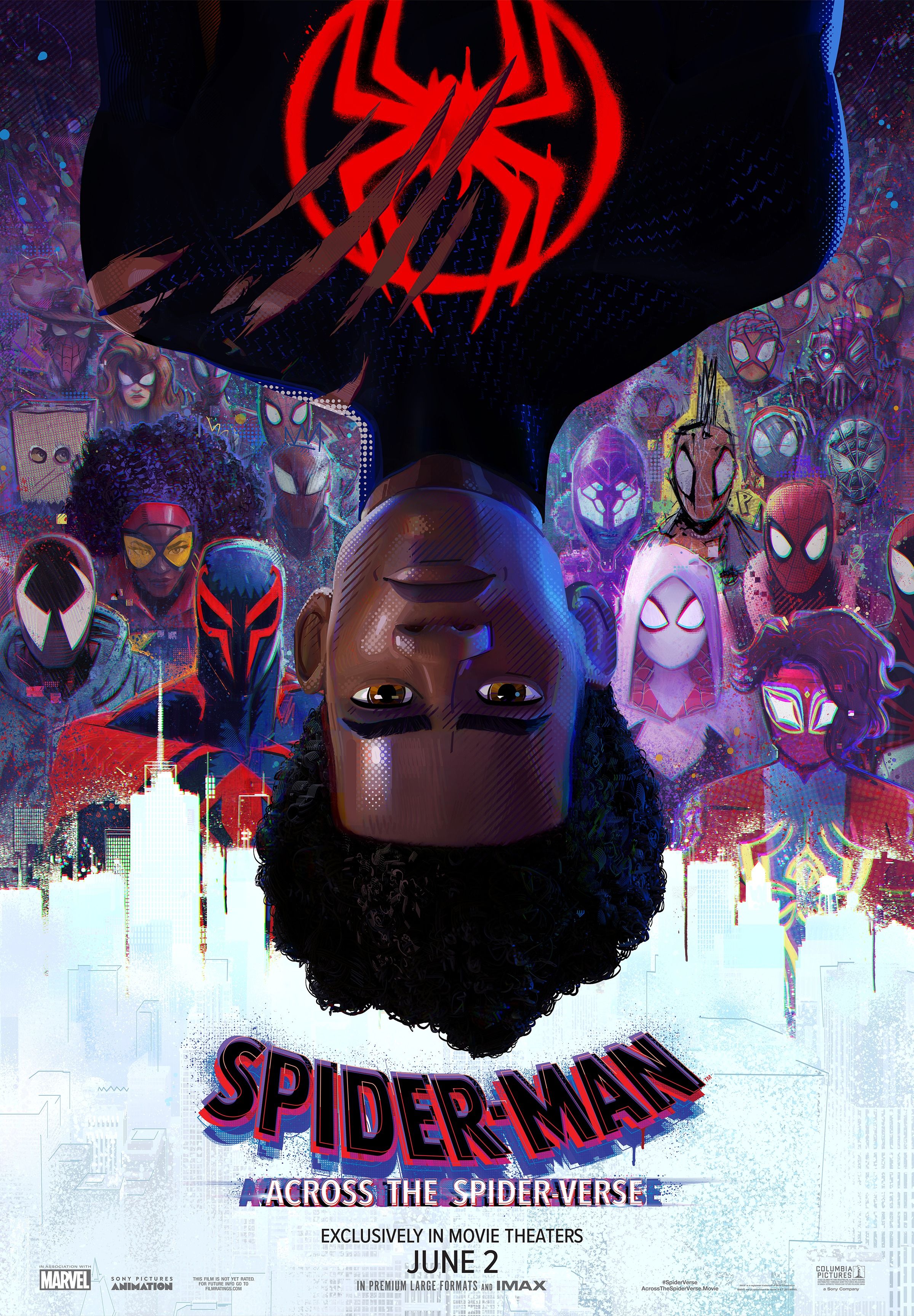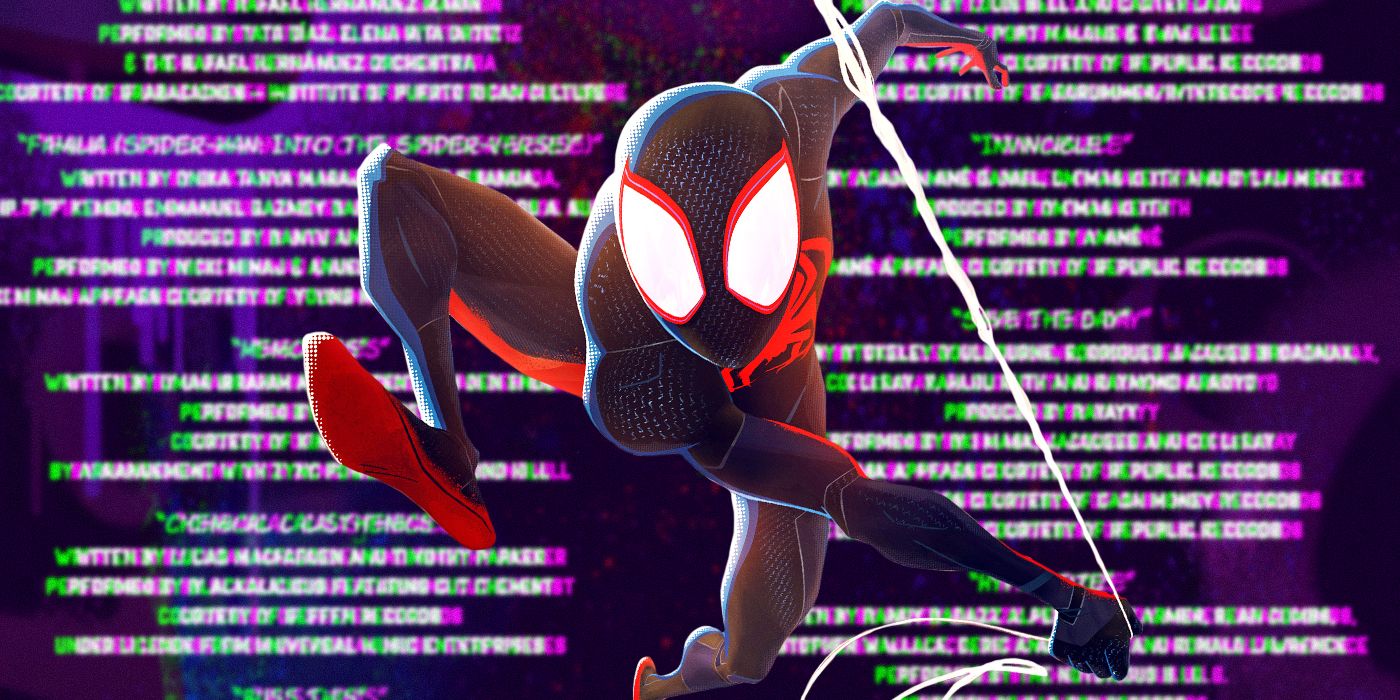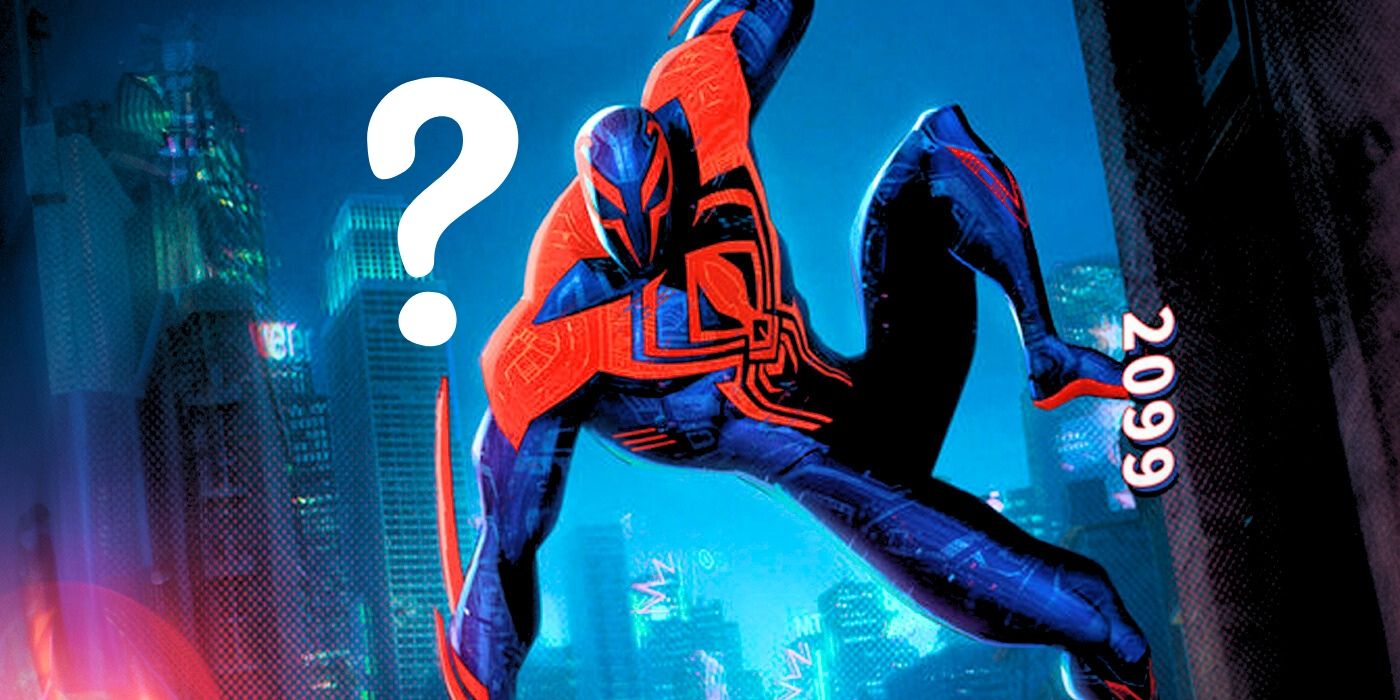Editor's note: The following article contains spoilers for Spider-Man: Across the Spider-Verse.
The Big Picture
- Spider-Man: Across the Spider-Verse introduces Miguel O'Hara, aka Spider-Man 2099, but doesn't have enough time to explore his past, including why he has fangs and bites people's necks.
- In Marvel Comics, Miguel O'Hara is a genius bioengineer who becomes Spider-Man 2099 after a genetic experiment. He has super strength, claws, paralyzing venom, red eyes, and the ability to produce silk naturally.
- The movie faithfully adapts Spider-Man 2099 from the comics, showing his red eyes, fangs, and claws in action. The portrayal of his webs as a high-tech projection and his injection of a mysterious substance adds depth to his character.
Spider-Man: Across the Spider-Verse is finally out, taking fans on a journey through the Multiverse with Miles Morales (voiced by Shameik Moore) and meeting many Spider-People along the way. One of the new Spider-Man Variants introduced in Across the Spider-Verse is Miguel O’Hara, aka Spider-Man 2099 (Oscar Isaac), who leads the mighty Spider Society in the movie. However, while Miguel is one of the main antagonists of Across the Spider-Verse, the film is too packed with Spider-People to dedicate enough time to exploring Spider-Man 2099’s past. For instance, we never learn why Miguel has fangs and bites other people’s necks. And while it’s clear Miguel lost his daughter somehow, we don’t know exactly what happened. Some of these answers come from Marvel Comics, as Spider-Man 2099 has a long history that the Spider-Verse has only begun to explore.

Spider-Man: Across the Spider-Verse
Miles Morales catapults across the Multiverse, where he encounters a team of Spider-People charged with protecting its very existence. When the heroes clash on how to handle a new threat, Miles must redefine what it means to be a hero.
- Release Date
- June 2, 2023
- Director
- Joaquim Dos Santos , Kemp Powers , Justin K. Thompson
Who Is Miguel O’Hara in Marvel Comics?
Miguel O'Hara made his comic book debut in 1992’s Spider-Man 2099 #1. Created by Peter David and Rick Leonardi, the character was part of the Marvel 2099 line of comics, which imagined how the world would look decades after the Age of Heroes was over. Half-Irish, half-Mexican, Miguel possesses a genius-level intellect that granted him a scholarship at Alchemax, the biggest conglomerate of the future. There, Miguel became an expert in bioengineering, eventually working to create super soldiers inspired by the records of Spider-Man, a hero from the distant past.
Miguel’s genetic experiments cause the death of the man who was supposed to become the first Alchemax super soldier. Consumed by guilt, Miguel decides to quit his job and destroy his research. However, Alchemax’s owner, Tyler Stone, is an evil man willing to do anything to get what he wants. Unfortunately for Miguel, Tyler knows the bioengineer is the only person capable of developing the super soldiers he wants. So, Tyler tricks Miguel into taking Rapture, a highly addictive drug that bonds to the user's DNA. There’s virtually no way to escape from a Rapture addiction, and Alchemax is the only legal source of the drug. So, Miguel is forced to choose between becoming Tyler's lackey or getting his drugs illegally, which would result in Tyler turning him into the police.

Does ‘Spider-Man: Across the Spider-Verse’ Have an End-Credits Scene?
We have the non-spoiler answer you need.While trying to get rid of his addiction, Miguel undergoes the same genetic procedure that kills his subject. However, instead of using the supersoldier genetic code, Miguel only uses his clean DNA sequence as a baseline for the procedure. In short, Miguel wanted to remove any trace of Rapture from his bloodstream by replacing the corrupt DNA with his previously clean genetic code. Things go south when Miguel is surprised by his direct supervisor, Aaron Delgado, who decides to sabotage the machine Miguel is plugged into, hoping that he would kill the rebellious employee. Instead, Miguel has 50% of his DNA replaced by a spider’s DNA, granting him powers similar to those of Spider-Man.
Like Miles and Peter Parker, Miguel has super strength, enhanced reflexes, and a Spider-Sense. However, since his transformation was much more brutal than that of Peter, Miguel has claws on his hands and feet, which he uses to climb through walls. Miguel also has a pair of fangs that secretes a paralyzing venom that’s not toxic and comes in handy when Spider-Man 2099 needs to subdue a foe. Miguel also has iconic red eyes that allow him to see in the dark. His hypersensitive eyes also allow Miguel to see further away than any human being. Finally, Miguel doesn’t need a Web-Shooter, as he’s capable of naturally producing silk through orifices in his wrists – this ability would even be used by Sam Raimi in his Spider-Man film trilogy. All these powers give Miguel an edge over other Spider-People, but they appear as deformed traits that Spider-Man 2099 constantly tries to suppress.
‘Spider-Man: Across the Spider-Verse’ Faithfully Adapts Spider-Man 2099
The Spider-Man 2099 version of Spider-Man: Across the Spider-Verse is surprisingly faithful to his comic book counterpart. For instance, while Miguel is chasing Miles down in the Spider Society headquarters, we can see his red eyes and fangs. In addition, every action scene Miguel is part of also shows his claws at use. Finally, the other Spider-People frequently refers to Miguel as a vampire, mistaking his fangs for those of a bloodsucker. We can even see Miguel’s fangs in use for a moment when Spider-Man 2099 bites the neck of the Renaissance Vulture to paralyze the villain and bring him to the Spider Society base. So, while Spider-Man: Across the Spider-Verse doesn’t have the time to explain Miguel’s powers in detail, the creative team behind the sequel is using the hero’s comic book story to bring him to the silver screen.
An obvious difference between Spider-Man: Across the Spider-Verse’s Spider-Man 2099 and the Marvel Comics one lies in his webs. In the comics, Miguel uses organic webs, but the film version shows the hero using a glowing orange web that seems to be a high-tech projection of his uniform. The high-tech webs fit perfectly with the character’s concept, as Miguel is a futuristic Spider-Person, so it’s a change for the better.
Another curious detail is that Miguel injects a mysterious substance into his veins in Spider-Man: Across the Spider-Verse. While the syringe's content is never explained, there is a good chance Spider-Man: Across the Spider-Verse is hinting at Miguel’s origin being connected to drug addiction. Another option is that Miguel has been injecting some substance to suppress the more monstrous traits of his transformation. Either option would be a good fit for Sony’s Spider-Verse, as it gives welcomed layers to the character.
Another change Miguel underwent in the movie was the addition of his dead daughter. In the comic books, Miguel has a son who is almost killed by the villain Dr. Cronos while he’s still inside his mother's womb. But the kid, and his mother, survive the attack. In Spider-Man: Across the Spider-Verse, Miguel’s backstory is somewhat different. We know that Miguel lost his daughter somehow, so he tries to replace a dead Variant of himself in a different timeline, breaking canon and inadvertently erasing an entire dimension. However, we never learn how Miguel lost his daughter. We can’t even tell if Miguel is right about the dangers of breaking canon, as the ending of Spider-Man: Across the Spider-Verse underlines how some canon events can be changed.
Miguel O’Hara will still be part of Spider-Man: Across the Spider-Verse’s sequel, Spider-Man: Beyond the Spider-Verse. The leader of the Spider Society continues to hunt Miles Morales, so the upcoming sequel needs to determine if Miguel will see the light or ultimately fall from grace. Hopefully, Spider-Man: Beyond the Spider-Verse will clear things out when it comes to Miguel’s past.
Spider-Man: Across the Spider-Verse is now available to stream on Netflix in the U.S.

